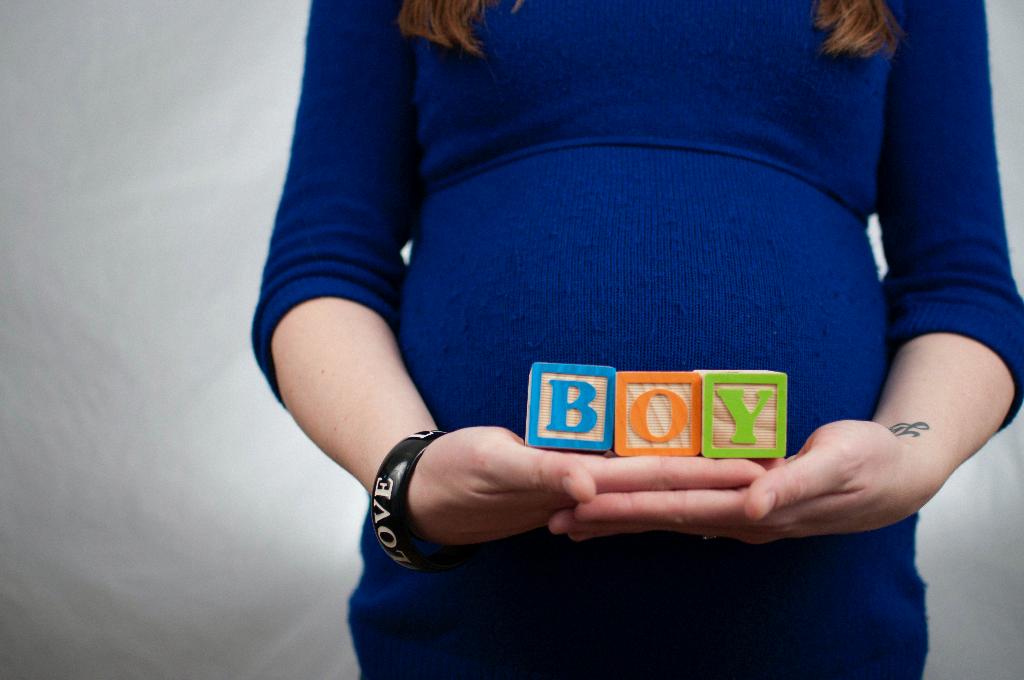When it comes to the risks associated with preeclampsia, understanding the factors that can potentially increase a woman’s chances of developing this condition is crucial. Preeclampsia, a serious complication that can arise during pregnancy, is more common among women experiencing it for the first time. However, the risk of developing preeclampsia in a subsequent pregnancy significantly increases if the woman has had a history of preeclampsia before.
One significant risk factor that can elevate a woman’s chances of preeclampsia is having chronic high blood pressure or kidney disease before getting pregnant. These pre-existing conditions can predispose a woman to developing preeclampsia during pregnancy, highlighting the importance of managing and monitoring these health issues before conception.
Furthermore, women carrying multiple fetuses, such as twins or triplets, are at a higher risk of developing preeclampsia compared to those carrying a single fetus. The increased demands on the body during a multiple pregnancy can put additional strain on the woman’s cardiovascular system, potentially leading to the development of preeclampsia.
Age can also play a role in determining a woman’s risk of preeclampsia. Teenage mothers under the age of 20 and women over the age of 40 are considered to be at a higher risk of developing preeclampsia during pregnancy. These age-related factors can impact the body’s ability to regulate blood pressure and manage the demands of pregnancy, increasing the likelihood of preeclampsia.
Obesity is another significant risk factor for preeclampsia, with women who have a body mass index (BMI) of 30 or higher being at an increased risk of developing this condition. Excess weight can contribute to insulin resistance and inflammation in the body, both of which can negatively impact cardiovascular health and increase the chances of developing preeclampsia.
Women with a history of certain medical conditions, such as diabetes, autoimmune diseases, and clotting disorders, are also at an elevated risk of developing preeclampsia during pregnancy. These underlying health issues can affect the body’s ability to regulate blood flow and control inflammation, potentially leading to the development of preeclampsia.
Family history can also be a determining factor in assessing a woman’s risk of preeclampsia. Women with a family history of preeclampsia, especially among their mothers or sisters, may have an increased genetic predisposition to developing this condition. Genetic factors can influence the body’s response to pregnancy-related changes, impacting the risk of preeclampsia.
First-time mothers, particularly those who are pregnant with their first child, are at a higher risk of developing preeclampsia compared to women who have had previous pregnancies. The body’s response to the first pregnancy can sometimes trigger abnormal changes in blood pressure and vascular function, leading to the onset of preeclampsia.
Women who have conceived through assisted reproductive technologies, such as in vitro fertilization (IVF), may also face an increased risk of developing preeclampsia. The hormonal and physiological changes associated with fertility treatments can impact the body’s vascular and immune function, potentially contributing to the development of preeclampsia.
Having a history of gestational hypertension, where high blood pressure develops during pregnancy but does not progress to preeclampsia, can also increase a woman’s risk of developing preeclampsia in future pregnancies. The presence of gestational hypertension indicates a predisposition to blood pressure-related complications during pregnancy.
Women with certain lifestyle factors, such as smoking, excessive alcohol consumption, and poor diet, may also be at an increased risk of developing preeclampsia. These lifestyle choices can negatively impact cardiovascular health and overall well-being, potentially contributing to the development of preeclampsia during pregnancy.
It is essential for women to be aware of the risk factors associated with preeclampsia and to work closely with their healthcare providers to monitor and manage these risks during pregnancy. By staying informed and proactive about their health, women can take steps to reduce the likelihood of developing preeclampsia and ensure a safer pregnancy experience.

